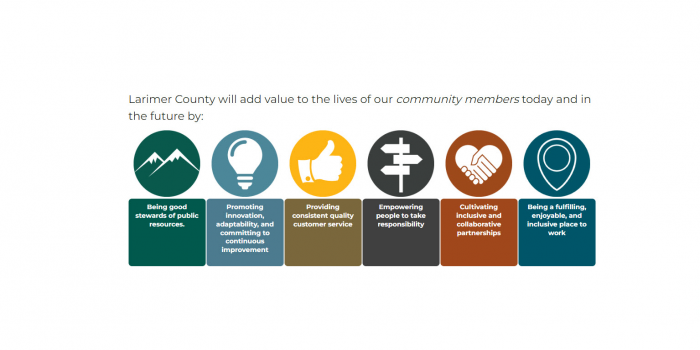Are Your Team’s Values Defined in Behavioral Terms?

Let’s look at performance management. Leaders have trouble inspiring a team and team members to consistent performance without clear goals. Yet simply having clear goals doesn’t guarantee consistent high performance.
Effective leaders use a variety of performance-alignment behaviors – modeling, engaging, observing, monitoring, coaching, re-directing, celebrating progress, etc. – to ensure teams deliver on performance goals.
Those same practices can ensure teams align with desired valued behaviors while pursuing their goals in the workplace.
In fact, once values standards and behaviors are published and communicated, scrutiny of valued behaviors increases, drastically. Leaders’ every plan, decision, and action are placed “under the magnifying glass” by other leaders and team members.
If team members can find examples of leaders’ behaving in ways that are inconsistent with the new valued behaviors, their resistance to the change grows stronger. They express their frustration with the new values “demands” because this or that happened, “which is clearly not aligned with the new values.”
Here’s an example from one of my culture clients. About six months into this client’s culture refinement efforts, the division president and three of his direct reports went to a conference. The president decided to take his wife on the trip – at his own expense – and spend a couple of days after the conference to enjoy a little downtime with his spouse.


The president was surprised at their concern but understood it. Within a week, he held a town hall meeting to address their concern, showing that he’d funded her expenses himself. He thanked people for raising the concern.
How did people learn of the president’s wife’s attendance on the trip? It was a natural result of the increased scrutiny. People talk and people make assumptions.
Is that scrutiny of valued behaviors fair? Certainly, it is! Leaders are “changing the rules” when they add values standards – specific behaviors – to the mix. Humans don’t like change – even if they understand the rational reasoning behind the change!
Team members embrace change only 1) over time and 2) when they see their leaders and peers consistently embrace the new practices – when values are not only defined in behavioral terms, but modeled, communicated, and celebrated, daily.

CAREER ADVICE

GOV TALK




